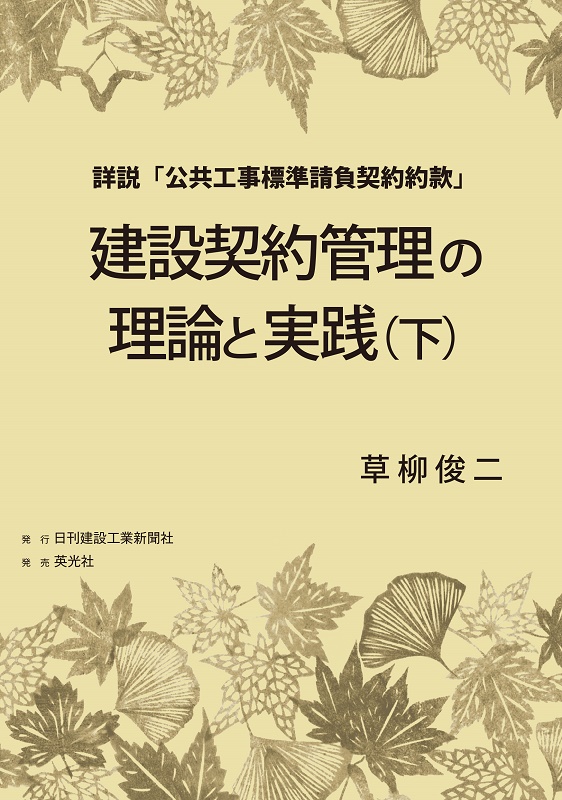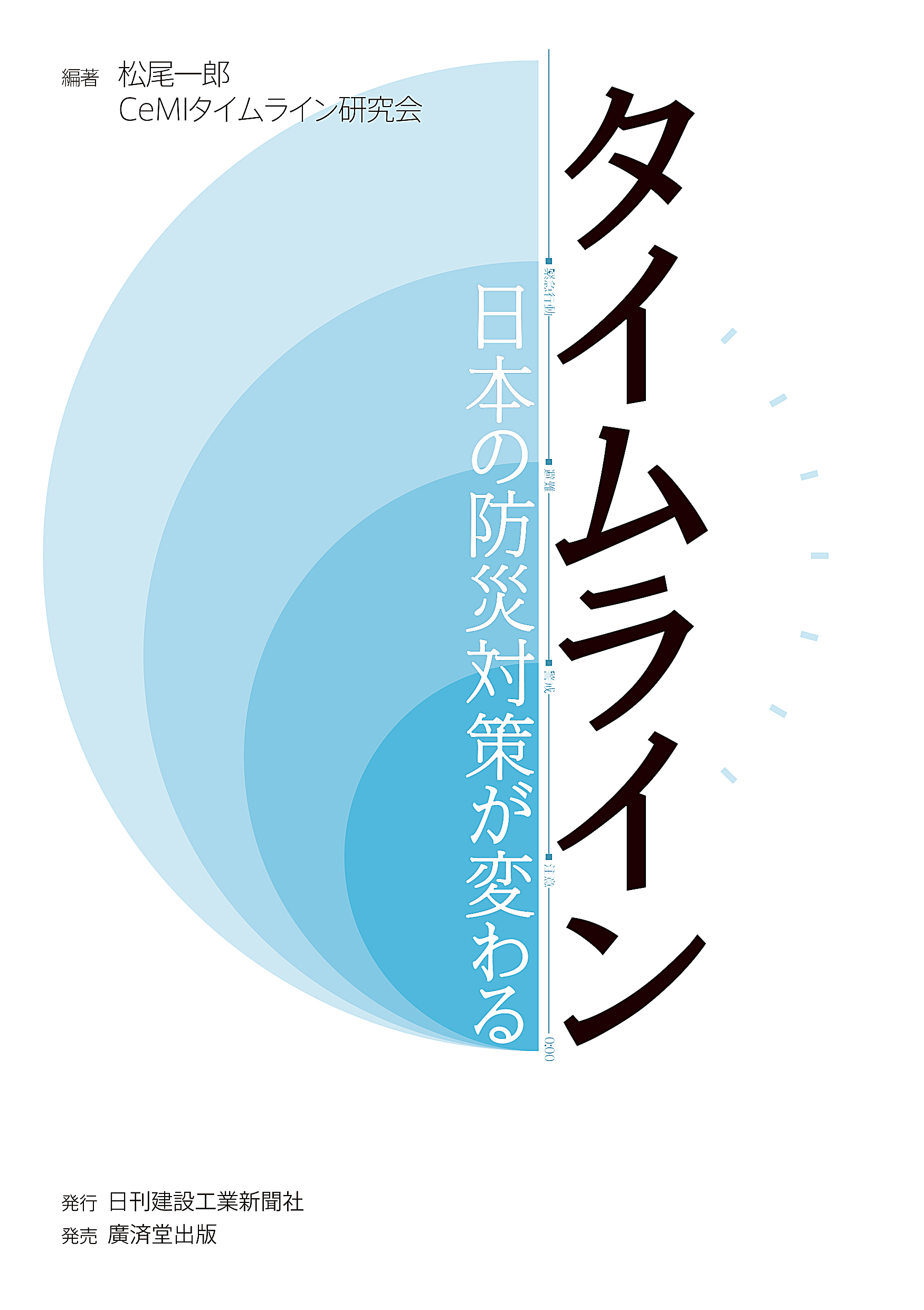The noted Japanese architect, Shigeru Ban won this year’s Pritzker Architecture Prize, the Hyatt Foundation of the United States, a sponsor of the prize announced March 24. Ban makes the seventh Japanese winner, following Toyo Ito in the year earlier. The two year consecutive winning by Japanese shows the world’s high appreciation of Japanese architects.
The 56 year old architect commented in the statement that he was greatly honored to receive the prize and encouraged to keep doing what he is doing. He also expressed a determination to continue to listen to who he works for. The awarding ceremony will be taken place in June 13 in Amsterdam, the Netherlands, where this year’s laureate will receive a bronze medal and a $100,000 grant.
The Pritzker Prize positioned as the Nobel in architecture dates back to 1979. Kenzo Tange won the prize in 1987 for the first time as Japanese, followed by Fumihiko Maki in 1993, Tadao Ando in 1995, Kazuyo Sejima and Ryue Nishizawa in 2010, and Toyo Ito in 2013. They are all Japan’s representative architects who have highly evaluated works all over the world.
The Hyatt Foundation praised Ban in the announcement as “a force of nature which is entirely appropriate in the light of his voluntary work for the homeless and dispossessed in areas that have been devastated by natural disasters.” The jury also noted that his profound knowledge in cutting edge materials and technologies pursue the nature of architecture.
Tokyo-born Ban studied architecture at the Southern California Institute of Architecture from 1977 to 1980, followed by enrollment at Cooper Union School of Architecture in New York from 1980 to 1984. During the years at Cooper Union, he worked at Arata Isozaki’s atelier for a year in 1982-83. After graduation, Ban came back to Japan and started his own office in 1985.
A series of Ban’s works in catastrophe regions are widely recognized. In 1994, he built paper-tube shelters for refugees of Civil War in Rwanda. Ban designed a community house called “Paper Church” in Kobe after the Great Hanshin Earthquake in 1995. Since then, he has visited disaster-hit areas all over the world, proposing low-cost and recyclable structures such as temporary houses and community halls. Some of his recent achievements are temporary houses made of freight containers in Onagawa, Miyagi for refugees of the Great East Japan Earthquake; “Cardboard Cathedral” in Christchurch, New Zealand which was ravaged by a 2011 earthquake.
(2014/03/26)

















